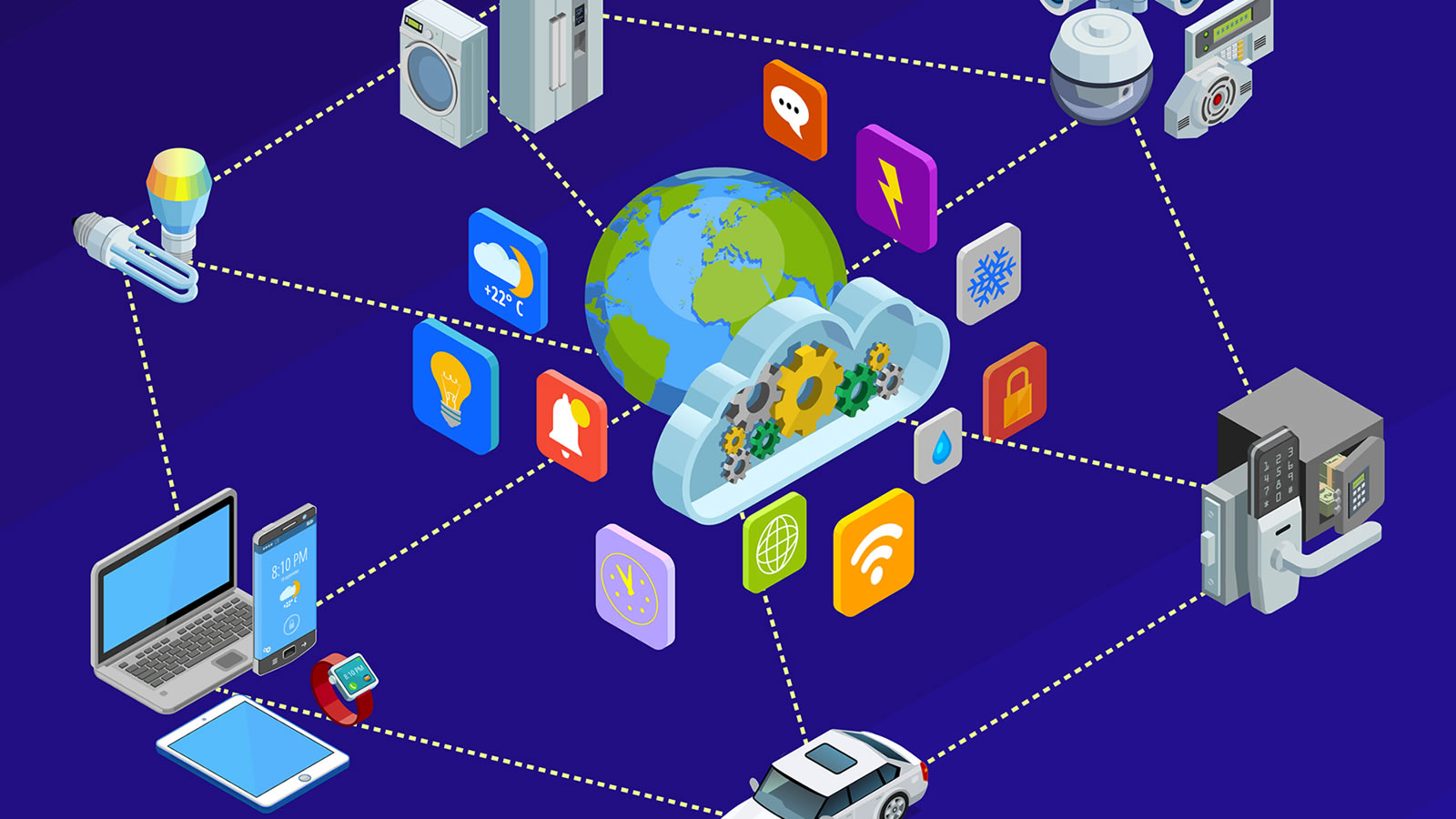The Internet of Things (IoT) has emerged as a transformative force, connecting everyday objects and enabling them to communicate and share data seamlessly. In this interconnected ecosystem, the role of wireless communication technologies is paramount. Bluetooth Low Energy (BLE) has emerged as a key enabler, offering low power consumption, simplified connectivity, and widespread device support. In this expert guide, we will delve into the role of Bluetooth BLE in the Internet of Things, highlighting its capabilities, applications, and the ways it is revolutionizing our connected world.
Understanding Bluetooth Low Energy (BLE)
Bluetooth Low Energy (BLE), also known as Bluetooth Smart, is a wireless communication technology designed for low power consumption and cost-effective connectivity. It was introduced as part of the Bluetooth 4.0 specification and has since gained significant popularity in the IoT landscape. BLE operates in the same 2.4 GHz frequency range as classic Bluetooth but utilizes a different modulation scheme and a reduced duty cycle to minimize power consumption.
Key Features of Bluetooth BLE:
- Low Power Consumption: BLE is optimized for low power consumption, allowing devices to operate on small batteries for extended periods. This makes it ideal for IoT devices that need to be energy efficient and have long battery life.
- Easy Integration: BLE offers easy integration with various devices and platforms. It provides standardized profiles and services that enable seamless interoperability between BLE devices, simplifying the development and deployment of IoT solutions.
- Wide Device Support: BLE is supported by a wide range of devices, including smartphones, tablets, wearables, and IoT sensors. This widespread support ensures compatibility and enables communication between different devices within the IoT ecosystem.
- Proximity-based Interaction: BLE supports proximity-based interaction, allowing devices to detect and connect to each other automatically when they are in close proximity. This feature is particularly useful in applications such as asset tracking, smart homes, and beacon-based marketing.
The Role of Bluetooth BLE in IoT
- Smart Home Automation: Bluetooth BLE plays a crucial role in smart home automation by enabling seamless connectivity between various IoT devices. It allows homeowners to control and monitor smart devices such as lighting systems, thermostats, security cameras, and door locks using their smartphones or voice assistants. BLE's low power consumption makes it ideal for battery-powered IoT devices commonly used in home automation.
- Wearables and Fitness Tracking: BLE has revolutionized the wearable technology industry by enabling devices such as smartwatches, fitness trackers, and health monitoring devices. These wearables can collect data such as heart rate, sleep patterns, and activity levels, and transmit it to smartphones or cloud-based applications for analysis. BLE's low power consumption ensures that wearables can operate for extended periods without frequent recharging.
- Asset Tracking and Management: BLE's proximity-based interaction and low power consumption make it ideal for asset tracking and management applications. Bluetooth-enabled beacons placed on assets can communicate their location and status to central systems, allowing businesses to track and monitor their assets in real time. This technology is widely used in industries such as logistics, retail, and healthcare to streamline operations and enhance efficiency.
- Industrial IoT: Bluetooth BLE is increasingly being adopted in industrial IoT applications. Its low power consumption, easy integration, and interoperability make it suitable for monitoring and controlling various devices and equipment in industrial settings. BLE-enabled sensors can collect data on temperature, humidity, pressure, and other parameters, enabling businesses to optimize processes, improve productivity, and enhance safety.
- Healthcare and Medical Devices: Bluetooth BLE has significant implications in the healthcare industry, enabling the development of connected medical devices and remote patient monitoring solutions. BLE-enabled devices such as blood pressure monitors, glucose meters, and smart pill dispensers can transmit data to healthcare providers, allowing for remote monitoring, timely interventions, and personalized care.
Conclusion
Bluetooth Low Energy (BLE) is a key enabler in the Internet of Things (IoT) landscape, providing low power consumption, simplified connectivity, and wide device support. From smart home automation and wearables to asset tracking and industrial IoT, BLE has transformed various industries and enhanced our interconnected world. As IoT continues to evolve, Bluetooth BLE will play an increasingly vital role in connecting devices, enabling seamless communication, and driving innovation. Embrace the power of Bluetooth BLE and witness the transformative potential of the Internet of Things.

